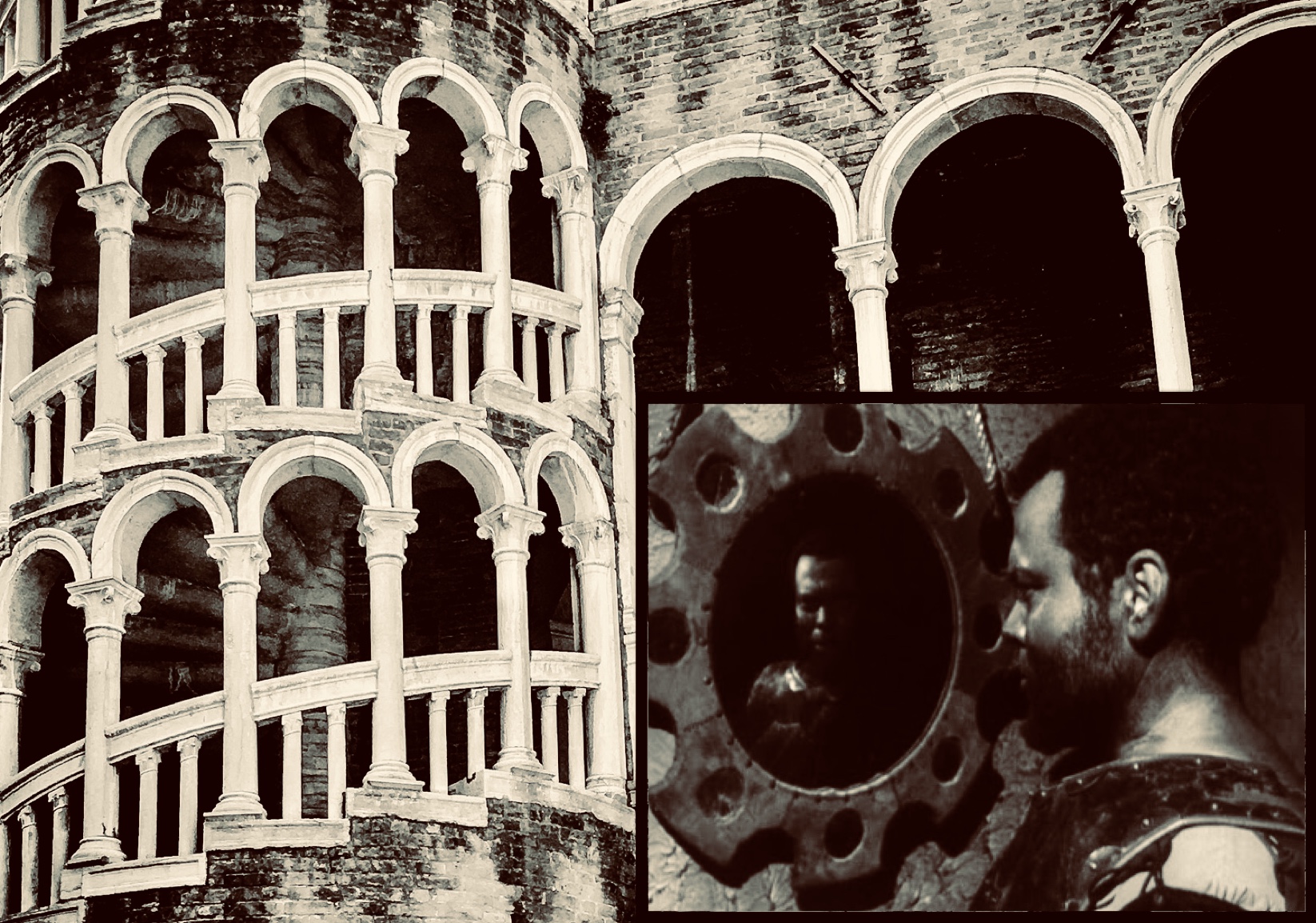
Here we are again talking about cinema in Venice.
As it has been said over and over again Venice is the perfect set for films; the list is very long and interesting but today we reserve this post for Shakespeare’ drama Othello, directed in its film version by Orson Welles in 1952.
The film follows the story of Othello – known as the Moor – and the noble Desdemona, during the period of the Maritime Republics. After the marriage between the two, Othello is sent by the doge to defend Cyprus from the Turks. At his side, as a helper, he chooses Cassio and this triggers Iago’s envy who, in order to take revenge, begins to insinuate doubts about the loyalty of Othello’s wife. Iago purposely organises a diabolical plan: the accident of Desdemona’s handkerchief, which makes Othello jealous enough to suffocate his wife with a pillow. Iago – however – will be discovered and sentenced to death, while Othello commits suicide.
But which are the places of the lagoon city that appear in the film by Orson Welles?
In reality, while in Shakespeare’s work Venice is portrayed as an integral part of the drama, in this film it just appears in a few scenes.
It must be said that the production of the film had many financial difficulties (due to the constant lack of funds) and that the production lasted 3 years (from 1949 to 1952). If, because of the above-mentioned difficulties, many scenes had to be shot in Morocco, Venice was chosen for some of them, such as the first ciak in the autumn of 1948.
In one of the first scenes, after the secret marriage between Othello and Desdemona, Iago warns her father, Brabantio, who immediately sets off to hunt Othello: we see him on a gondola passing under the bridge next to the Rialto market and shortly thereafter comes the facade of the Ca ‘d’Oro; the same palace appears again in other scenes starring Desdemona.
Another suggestive place appears in the film: the Scala Contarini del Bovolo, a beautiful spiral staircase built between the XIV and XV C, which is used as the rear facade of the house of Desdemona.
We cannot miss the famous Piazza San Marco and the Doge’s Palace. Here they appear in the final act of the drama, simulating Cyprus (which at the time was a Venetian colony): in the last scenes the loggia of the palace stands out against the background of the square and then slowly the scene moves towards the basin of San Marco and Ponte della Paglia.
But to give you the idea of how orson Welles had to juggle the various locations, at one point Iago leaves the porch of a church … not a church in Venice, but in Torcello.
The film was presented at the Venice Film Festival and was the winner of the Grand Prix du Festival for best film at the 5th Cannes Film Festival.
Well, now you just have to sit comfortably and watch the movie, or we are waiting for you for an interesting movie tour!
See you soon.
Marta







